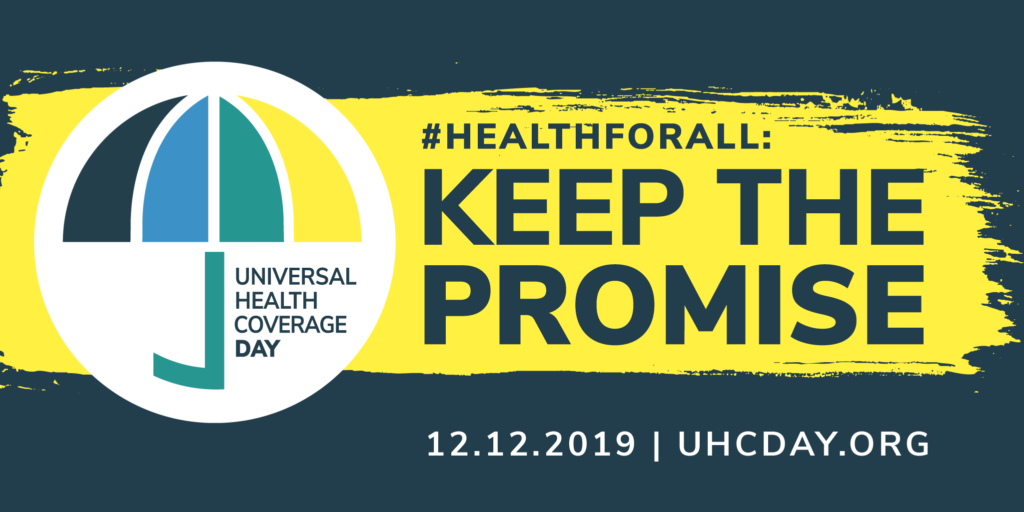should
Five years ago, in 2014, Universal Health Coverage Day was founded with the mission to turn promises made by politicians into plans and, further down the road, carry these plans out. In 2017, the United Nations backed UHC, establishing Dec. 12 as an international day to spread awareness and increase advocacy. The campaign for this year is, ‘Keep the Promise’.
Although UHC day is relatively new, the UN and advocates of UHC have set a number of initiatives in motion to push politicians and governments towards success. For information on these goals and how they will be tracked, continue reading below.
Healthcare for All
Universal Health Care means that all people, regardless of age, socioeconomic background, race, or gender receive the care needed to sustain a healthy life. Good health should be met with equality as it is a fundamental right. The UN has specified that women and children are a key target for these changes. Reproductive healthcare is limited if in existence in rural areas. These areas need change and growth. The question is how can care be provided when there is no infrastructure in place to support such improvements? Building out these services requires a large financial investment, but it could increase life expectancy in certain areas by 3.7 years and save over 60 million lives. These are projections for 2030.
For additional data on what Universal Health Coverage in the future could like, check out the World Health Organization’s Primary Healthcare Report for 2019.
Plans for the Future
On Sept. 13, 2019, the UN met to build out a plan for Universal Healthcare Coverage. By the end of this meeting, the committee pulled together six objectives to meet UHC goals. These initiatives deal with providing equal and quality healthcare, strengthening local government, making smart financial decisions, and encouraging public input. The official resolution from the UN’s meeting can be found here.
How you Can Help
As a medical student or graduate, you can support the UN’s mission for UHC by providing medical care in rural areas of the U.S. or abroad. Some impoverished U.S. towns provide assistance with medical school loans or secure visas for physicians serving these communities. For more information on the state of rural health and how you can help, check out our posts, ‘Rural Primary Care: A Call to Action for IMGs’ and ‘Health Care in Rural Areas Dwindles.’
Do you want to practice rural medicine in the U.S.? A clinical experience with AMO could provide you with exposure to the U.S. healthcare system. Create an online AMO account today to explore 200+ clinical experiences.







Leave A Comment